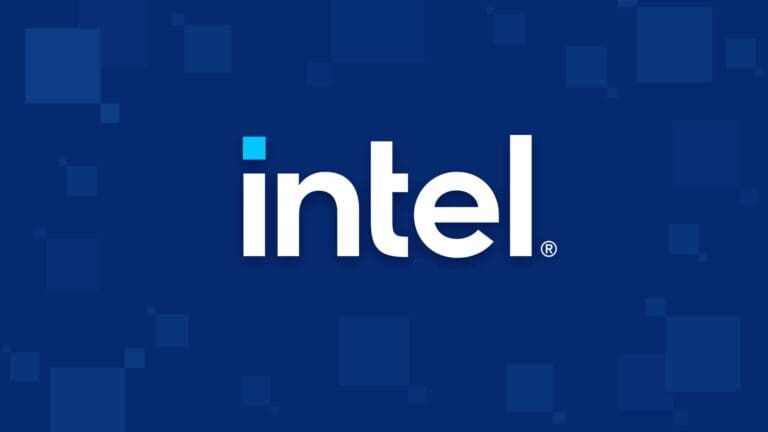Update 03/12/2024 by Martijn van Best – It is now clear how much former Intel CEO Pat Gelsinger will take with him in wages, bonuses, and other severance payments following his more or less mandatory retirement. The amount is at least 7 million dollars, possibly rising to around 10 million. This is not a terribly impressive number, especially compared to the amounts CEOs at other companies have been given as severance pay in recent years.
Gelsinger officially stepped down as Intel’s CEO on 1 December after nearly four years at the helm during a very tumultuous period. According to documents filed with the U.S. Securities and Exchange Commission (SEC), Gelsinger will receive 18 months’ base salary, amounting to almost 1.88 million dollars.
In addition, he gets one-and-a-half times his annual bonus, calculated as 275 per cent of his salary or 5.16 million dollars. So Gelsinger will almost certainly net more than 7 million dollars (about 6.6 million euros). This amount could increase by about 3.15 million if Intel performs well. Now, Intel’s poor performance has been precisely the reason for the company to ‘motivate’ Gelsinger to retire, so whether Gelsinger will get this amount remains to be seen. At the same time, the former CEO’s departure may also boost confidence in the company on the stock market, so who knows.
A pittance
While many Techzine readers (and ourselves) would love to have the amount credited to our bank accounts, it’s really not that much, certainly not for someone with Gelsinger’s track record. Techcrunch recalls that Marissa Mayer was given just under 55 million dollars when she left as CEO of Yahoo, having failed to help turn that ship around.
WeWork chief Adam Neumann, who oversaw that company’s flopped IPO, was even given 1.7 billion dollars, consisting of a generous payment for ‘consultancy,’ a favourable loan of 500 million dollars, and a billion in shares bought by Softbank, which became the major shareholder.
Original article 03/12/2014
Although Pat Gelsinger’s departure from Intel is officially presented as a retirement, another reason for the departure is being sought. Sources point to a semi-forced retirement.
Pat Gelsinger is no longer the CEO of Intel. He exchanged his position for his retirement. The departure was unexpected, raising the question of whether something was going on behind the scenes.
Displeasure over restructuring
Reuters has learned through a source that Gelsinger was partly forced to retire. The Board of Directors reportedly gave him a choice last week to retire or be replaced. This decision was made out of dissatisfaction with the restructuring plan for Intel that would take four years to complete.
Gelsinger was not given time to fully implement his plan. His position as CEO ends about two months before the end of the four-year period. The Board would now like to stop the plan early due to excessive costs and slow progress.
Costs were driven up by hefty plans to expand chip production, both in Europe and the United States. The company did receive financial support for this from governments. In Europe, Intel planned to build a new plant in Germany, a project for which 10 billion euros were contributed. However, construction was postponed due to financial challenges. What the change at the top will mean for the plant’s construction in Arizona, USA, remains to be seen.
Intel additionally faced strong competition from Nvidia due to the rise of AI. The competitor’s position is getting stronger. Therefore, the next CEO will have his or her hands full to close the gap again.
An extensive article on Pat Gelsinger’s career and the consequences of his departure for Intel can be found here: Intel CEO Pat Gelsinger leaves Intel: why, and what does that mean?
